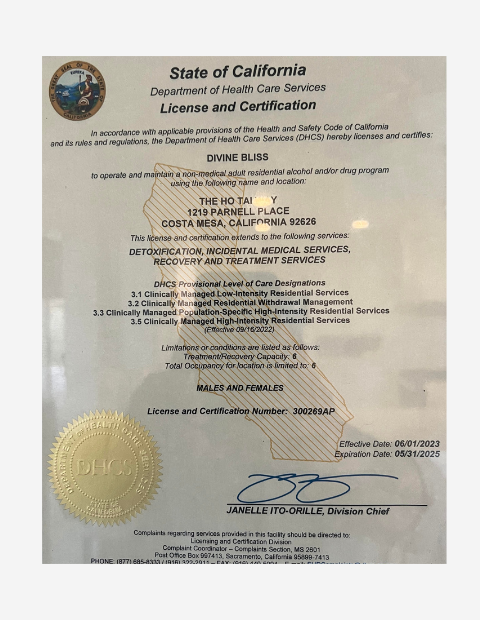CBT Techniques
Cognitive Behavioral Therapy employs a diverse set of techniques tailored to address the individual needs of the patient. The goal is to replace harmful behaviors and thought patterns with more constructive ones. Here are some key techniques often utilized in CBT, particularly at The Ho Tai Way as part of our comprehensive addiction therapy services for women:
Cognitive Restructuring
This technique aims to identify, challenge, and alter distorted or negative thought patterns. In the context of addiction, cognitive restructuring helps women to recognize thoughts that trigger substance use and replace them with more positive, realistic thoughts. For example, instead of thinking, “I need alcohol to relax,” one might learn to think, “I can relax through healthier methods like exercise or deep breathing.”
Mindfulness
Mindfulness is the practice of being fully present and engaged in the moment, without judgment. Incorporating mindfulness into CBT helps women cultivate an awareness of their thoughts, feelings, and bodily sensations, which can be particularly useful for identifying triggers and managing cravings. Mindfulness techniques like deep breathing and meditation can be effective ways to reduce stress and increase emotional regulation, skills critical for long-term recovery.
Behavioral Experiments
These are practical exercises that challenge an individual’s beliefs and assumptions. For instance, if a woman believes she cannot socialize without drinking, a behavioral experiment may involve attending a social event and refraining from alcohol use. The experiences gained from the experiment can be evaluated later to challenge the initial belief and establish a new, healthier behavior pattern.
Exposure Therapy
Often used for treating phobias or trauma, exposure therapy can also be useful in addiction treatment. It involves gradually and systematically exposing women to situations that trigger cravings while preventing the addictive behavior. This “exposure” allows women to build up a tolerance to the triggering situation, making it easier to avoid the substance in real life.











